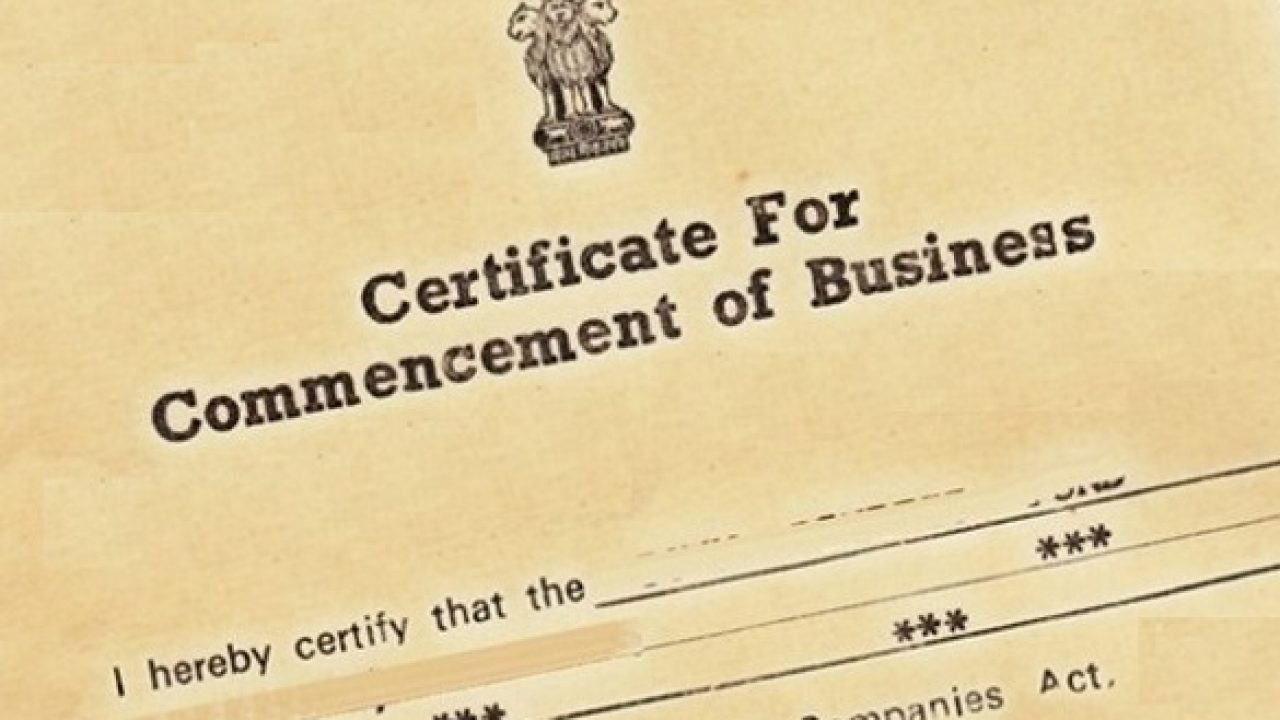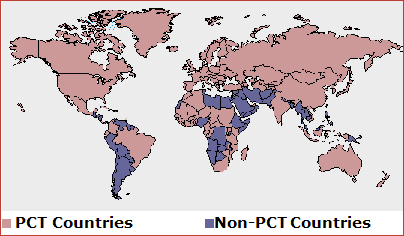Trademark helps to establish a brand name or image in the mind of the people. Trademark is very crucial process after checking similar existing trademark then only, registry finalises or issued the Trademark. Trademark is given for a period of 10 years after which it has to be renewed by an Applicant or through his/her Attorney the same can be renewed.
Following steps shall be taken to renew the trademark when it gets expired-
- Initially, the owner has to fill TM-R form in order to get Trademark renewed within 6 months from the expiry of the trademark.
- Then once an application is accepted then it has to be advertised in order to inform the concerned person about its restoration and invite objection from the people.
- In case there are no objection received within the specific time, then the Trademark is registered and enclosed within Trademark information.
Procedure for Trademark renewal of Associate in nursing Trademark in India-
- In case the owner himself does not make an application for the renewal of the Trademark within 3 months from the expiration of the Trademark. Otherwise Trademark registry can themselves intimate their agents or applicants about their expiration.
- In case no requisite fees is given to the registry then the Trademark of the Applicant expires.
- An application for the restoration is filed within 1 year from the expiration of the Trademark.
- Then the mark is advertised in Trademark journal, and registry invirtes objection.
- If no objection is received then trademark ios the applicant is restored and if objection is received then hearing is conducted for bth of the parties.
- If someone else apply for registration of the terminated Trademark then the bsiness man needs to file associate in nursing objection against third party who has applied for registration of terminated trademark.










